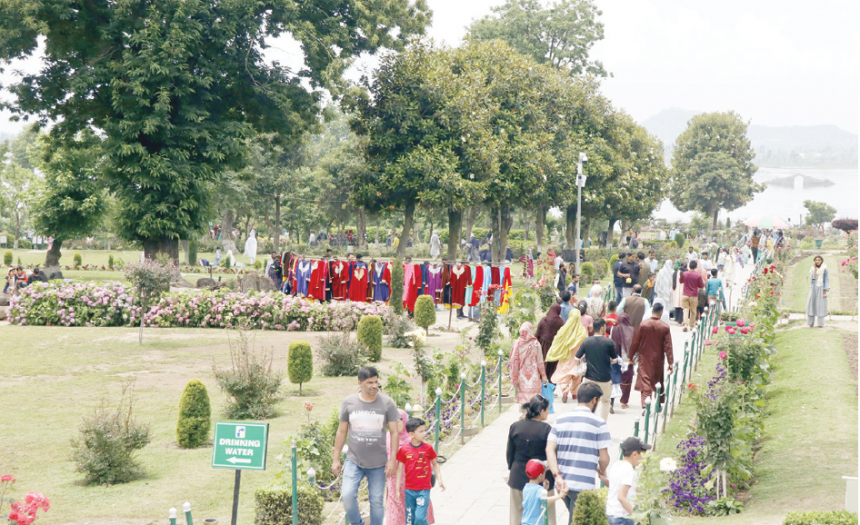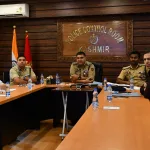Srinagar, July 23: Three months after the tragic terror attack in Pahalgam on April 22, which claimed the lives of 26 tourists, the tourism industry in Kashmir is showing its first signs of a fragile yet hopeful recovery.
Hotel occupancy, which had dropped to nearly zero in the immediate aftermath of the attack, has now climbed to 15–20% in key tourist destinations such as Srinagar and Sonamarg. Between January and June 2025, the region recorded 753,856 tourist arrivals,a figure still more than 50% lower than the 1.56 million visitors over the same period last year, but viewed as a positive sign amid ongoing security concerns.
MushtaqChaya, President of the Jammu and Kashmir Hoteliers Association, acknowledged the long road ahead but noted the recent uptick in bookings. “There is still a long way to go, but we are finally seeing some movement,” he said. “It may be a small step, but it’s the beginning of a much-needed recovery.”
While popular destinations like Gulmarg and Pahalgam have yet to regain momentum, corporate tourism is showing early signs of revival. A major life insurance company recently booked nearly 100 rooms in a high-end Srinagar hotel, while several banks have begun reserving venues for smaller corporate gatherings. Industry insiders say such moves reflect renewed confidence in the region’s stability.
Efforts to rebuild Kashmir’s image as a safe and welcoming destination are underway. The Hoteliers Association has launched promotional roadshows in cities such as Kolkata and Ahmedabad, aimed at restoring traveler confidence. On the ground, visible security enhancements have reassured many tourists. “The presence of extra police is both visible and comforting,” said SubhoshreeDasgupta, a visitor from Delhi.
Despite the ongoingAmarnathYatra, which has led to increased movement restrictions in and around Sonamarg and Pahalgam, travel agents and authorities remain hopeful. With the fall and winter seasons historically attracting large crowds, many stakeholders anticipate that hotel occupancy may cross 50% by October.
Meanwhile, new destinations like Gurez and Betaab Valley are being opened up to tourism, and the government has rolled out a calendar of festivals and cultural events to boost year-round engagement.
Though the road to full recovery remains long, the combination of natural beauty, local resilience, and government-industry collaboration is giving stakeholders reason to hope. The return is slow—but it is gaining strength.








